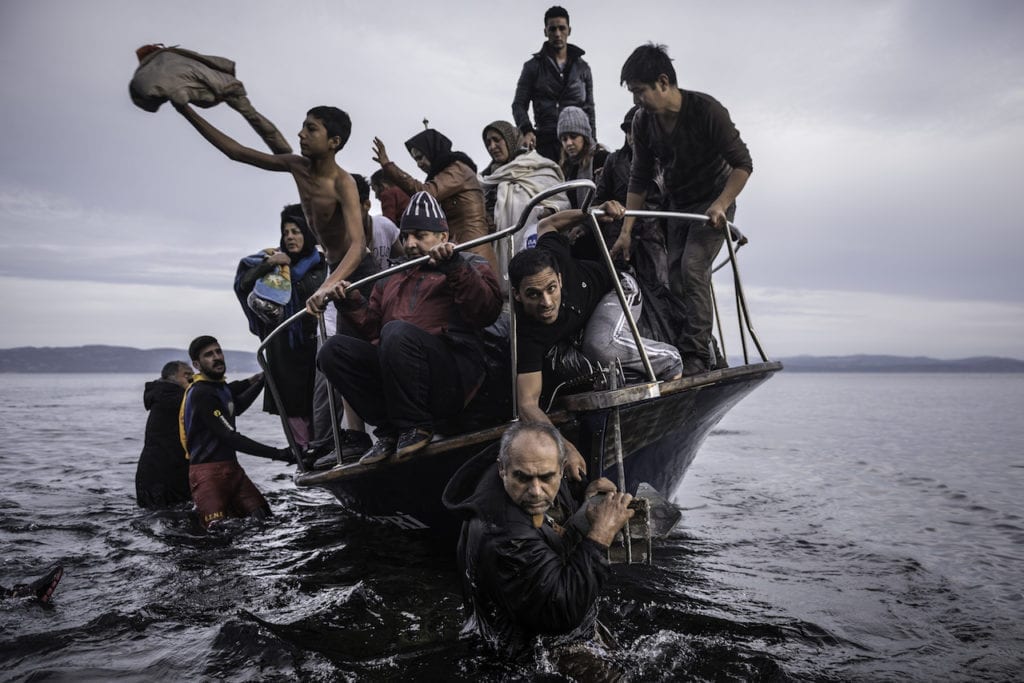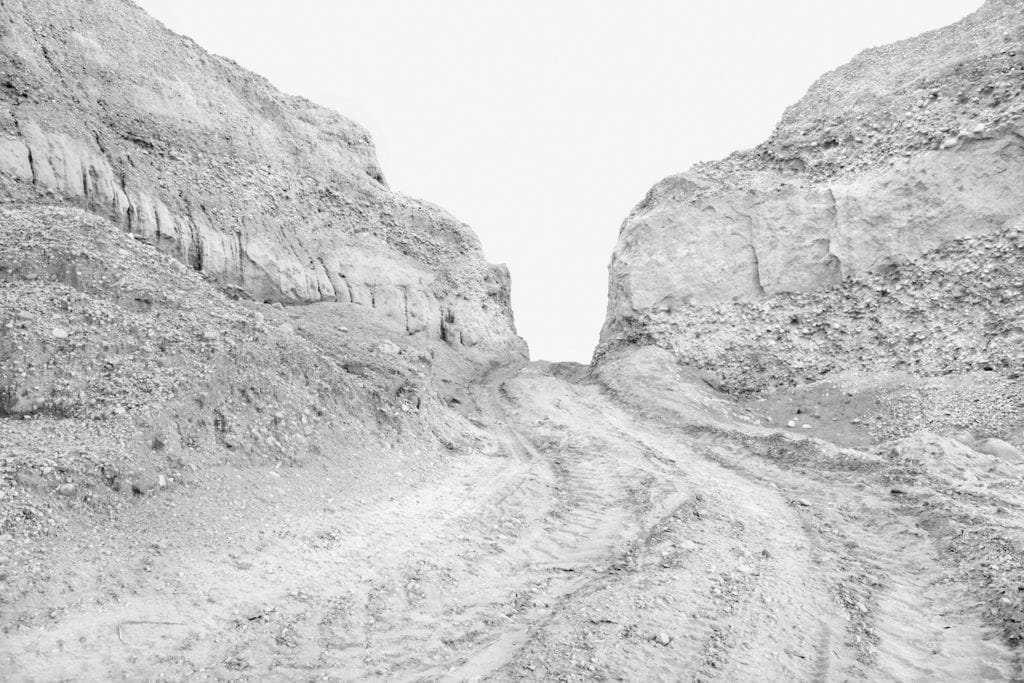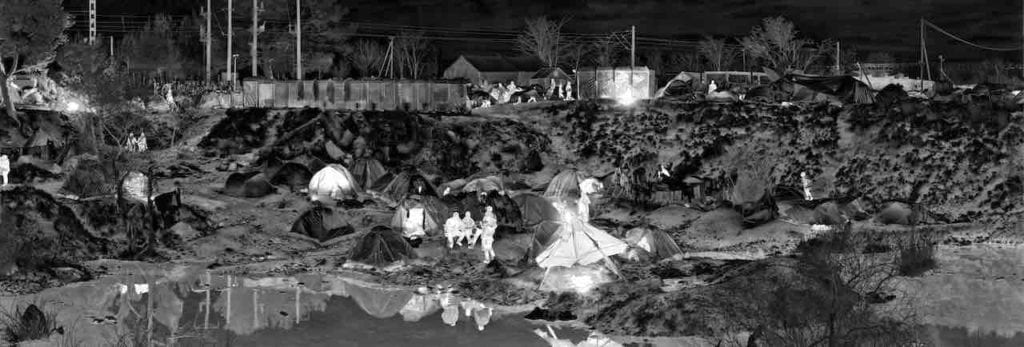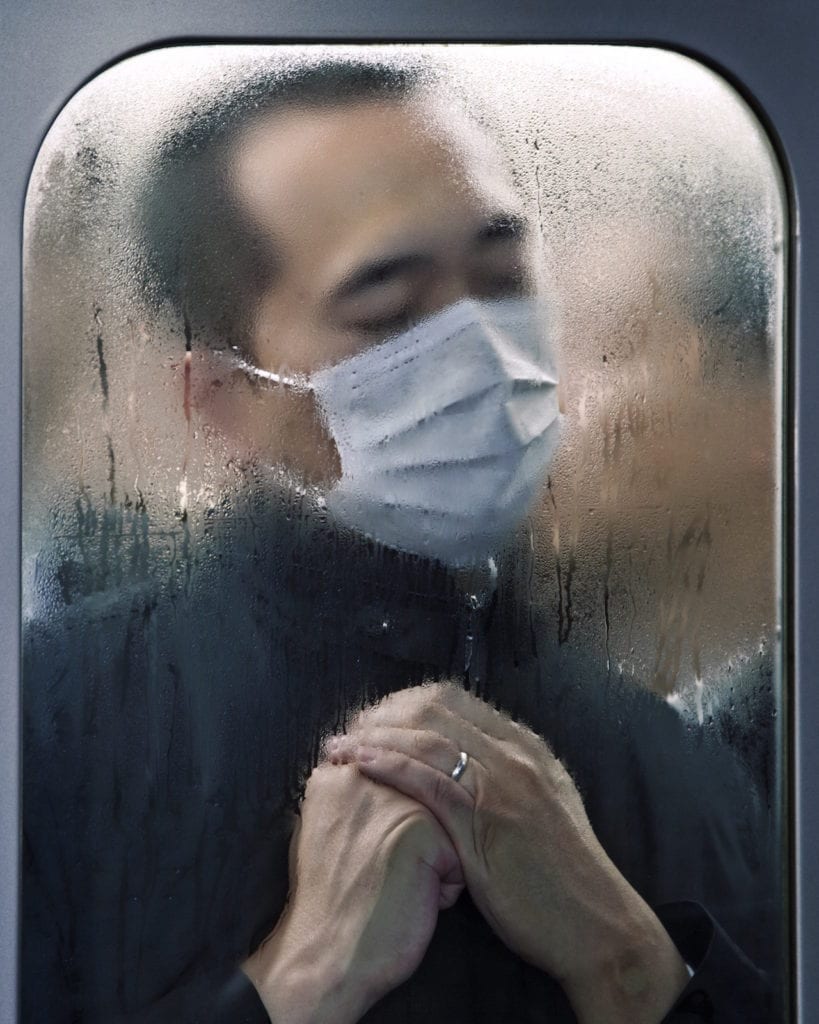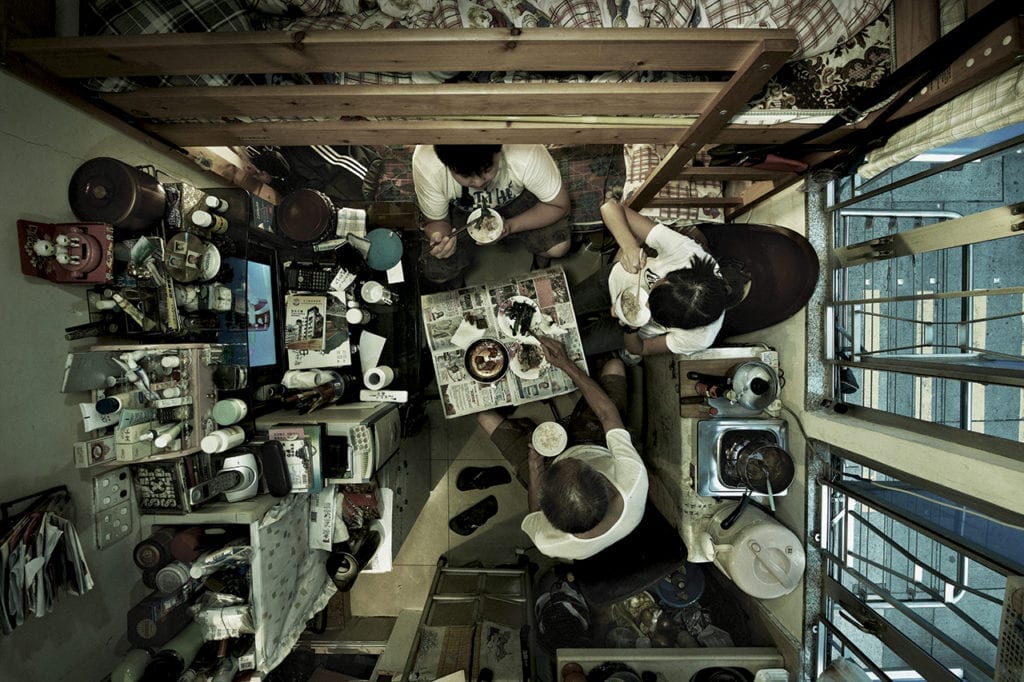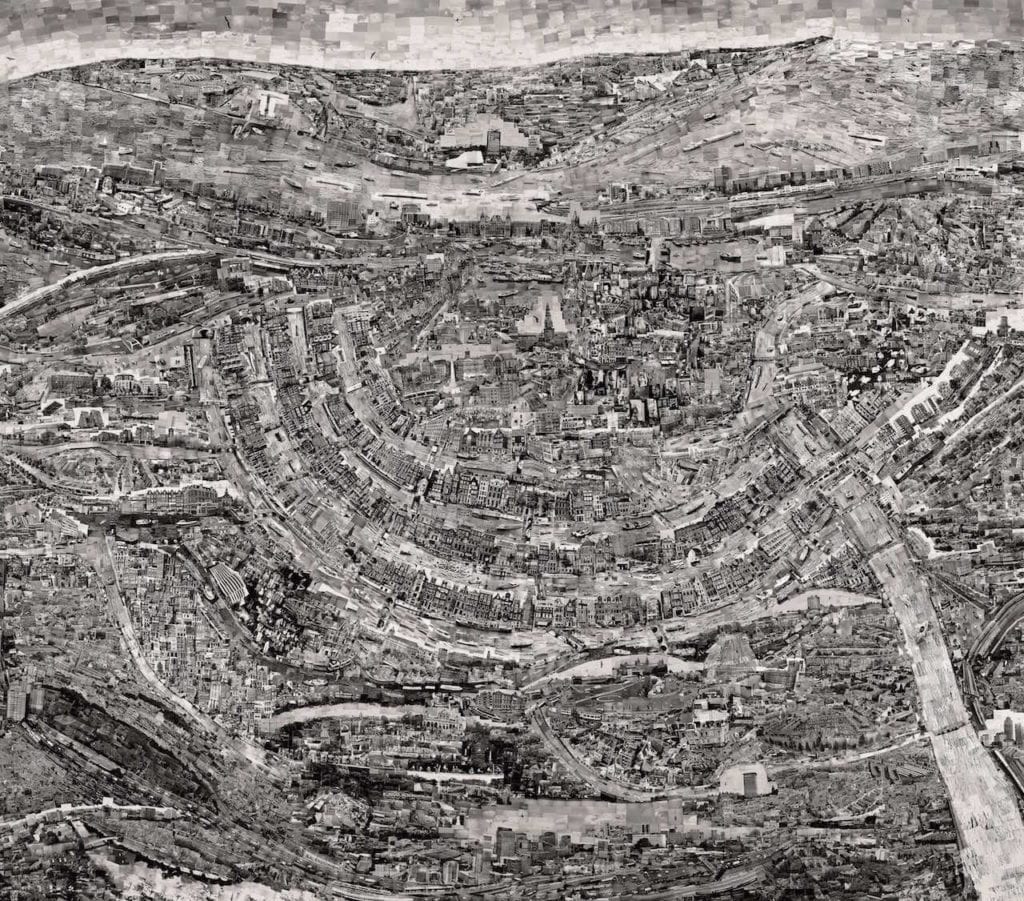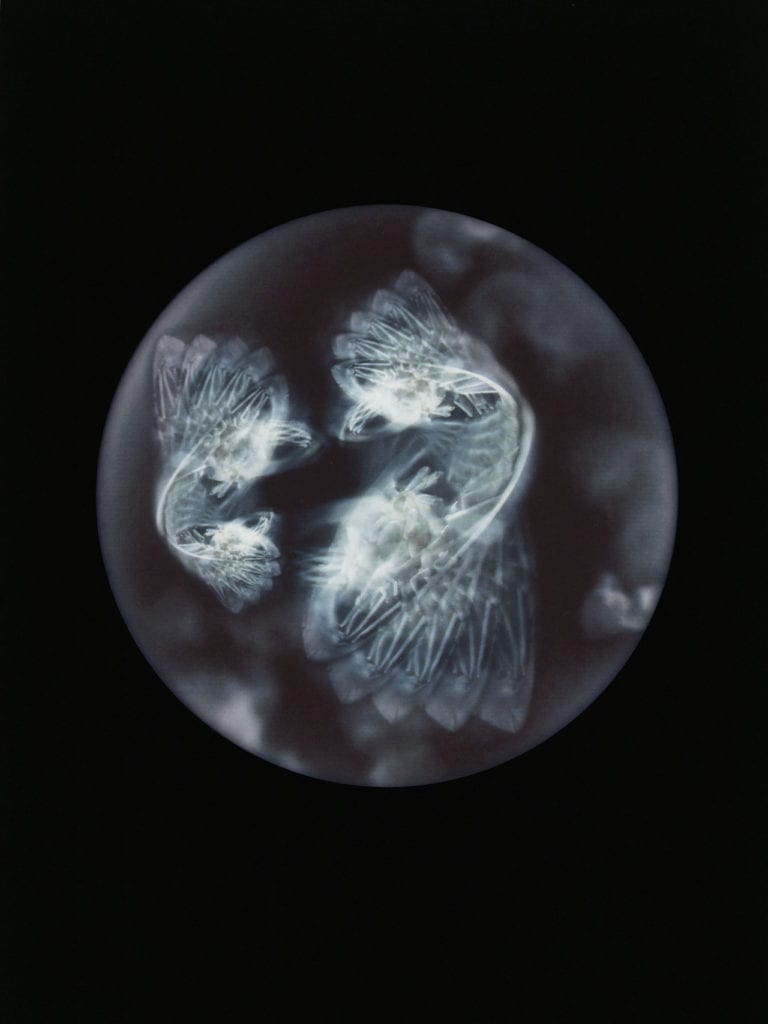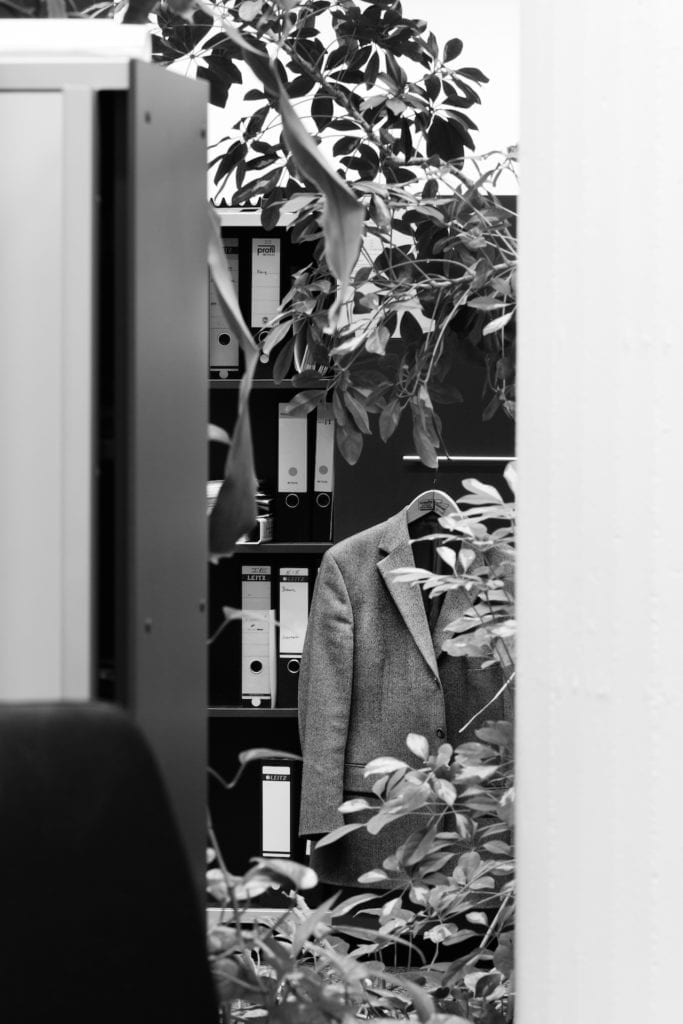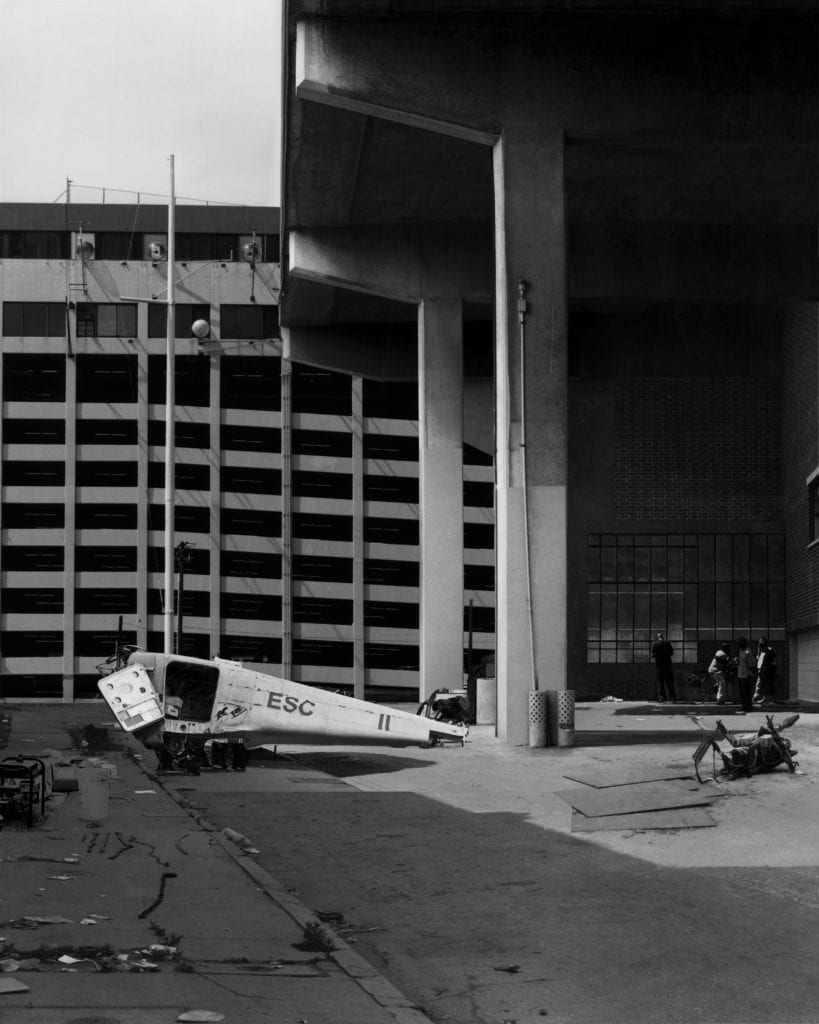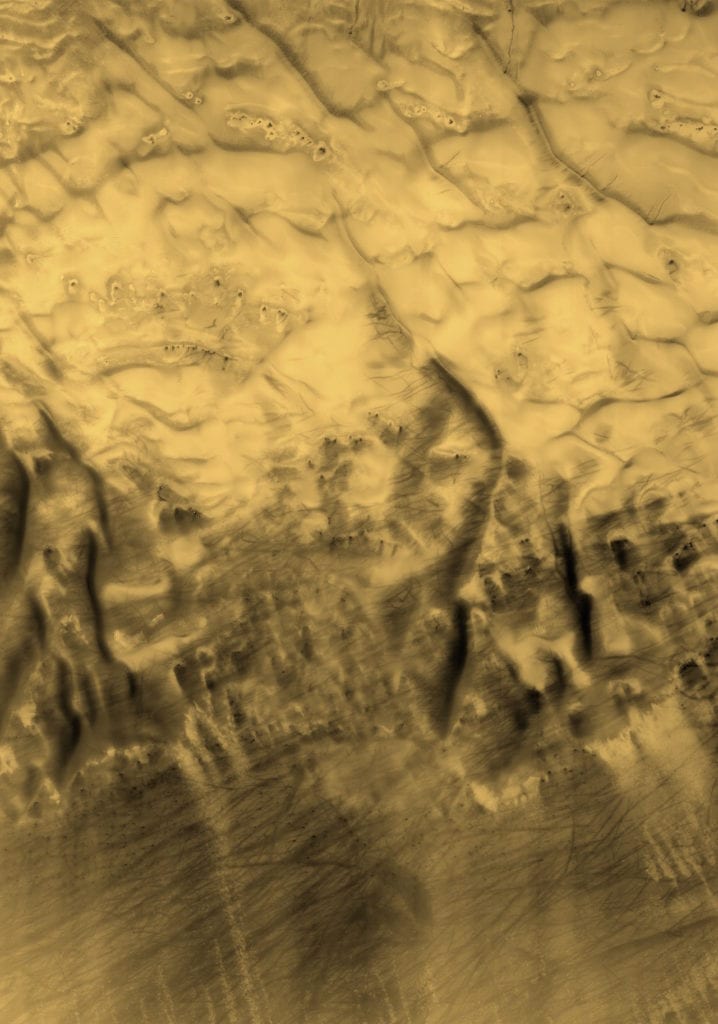Founded nine years ago by Swiss private bank the Pictet Group and Candlestar – the company behind Photo London, the prize draws attention to environmental issues but also reflects the strategies and approaches used by photographers to tackle socio-political concerns. The first edition, in 2008, was themed Water and was awarded to Canadian photographer Benoit Aquin for his photo essay The Chinese Dust Bowl , while Munem Wasif was commissioned to shoot a story on water shortages in his homeland, Bangladesh.Migrants arrive by a Turkish boat near the village of Skala, on the Greek island of Lesbos. The Turkish boat owner delivered some 150 people to the Greek coast and tried to escape back to Turkey; he was arrested in Turkish waters. November 16, 2015, from the series Europe Migration Crisis © Sergey Ponomarev, courtesy Prix Pictet Europe Migration Crisis is classic photojournalism, for example, created in association with The New York Times and on show at the Imperial War Museum from 27 April to 03 September.Bangladesh, 2014, from the series Land of Undefined Territory. Image © Munem Wasif, courtesy Prix Pictet Land of Undefined Territory this “mundane land” simultaneously hides and represents the ongoing struggle between dominance and subjugation, and ideals of liberty and independence.Idomeni, Greece, 2016. From the series Heat Maps © Richard Mosse, courtesy Prix Pictet Incoming , which was recently on show at the Barbican’s Curve Gallery in London. The Irishman also photographed migrants’ journeys through Europe but used a military-grade thermal camera, allowing him to capture them from miles away, oblivious to his presence. The heat signatures of the camera deprive Mosse’s subjects of facial expressions and cultural demarcations – even of gender, race, age or sex.Tokyo compression 75, 2009. From the series Tokyo Compression © Michael Wolf, courtesy Prix Pictet Trapped 04, Hong Kong. From the series Subdivided Flats, 2012
© Benny Lam, courtesy Prix Pictet Tokyo Compression was photographed largely on commuter trains at Shinjuku railway station, capturing rush hour at a rail hub that averages 3.6 million passengers a day, making it the most crowded in the world. His images, he says, depict “complete vulnerability in the most extreme of cities”.Diorama Map Amsterdam, 2014. Image © Sohei Nishino, courtesy Prix Pictet Ophelia medustica. (Pram wheel)
Specimen collected from Glouthaune shoreline, Cove of Cork, Ireland. From the series Beyond Drifting: Imperfectly Known Animal, 2015 © Mandy Barker, courtesy Prix Pictet Overgrown suit jacket and filing cabinet, open space office, private bank, Stuttgart. From the series Büropflanze
, 2012 © Saskia Groneberg, courtesy Prix Pictet Büropflanze , which translates as ‘office plant’.S#1, 2004. From the S Series © Beate Guetschow, courtesy Prix Pictet Species of Spaces : “To live is to pass from one space to another while doing your very best not to bump yourself.”ma.r.s.08 II, from the series ma.r.s. Image © Thomas Ruff, courtesy Prix Pictet ma.r.s. series, which considers photography’s relationship with the universe – the infinite space beyond Earth.
Tags:
Beate Gutschow ,
Kofi Annan ,
Mandy Baker ,
Michael Wolf ,
Munem Wasif ,
Pavel Wolberg ,
Prix Pictet ,
Richard Mosse ,
Rinko Kawauchi ,
Saskia Groneberg ,
Sergey Ponomarev ,
Sohei Nishino ,
thomas ruff ,
V&A
